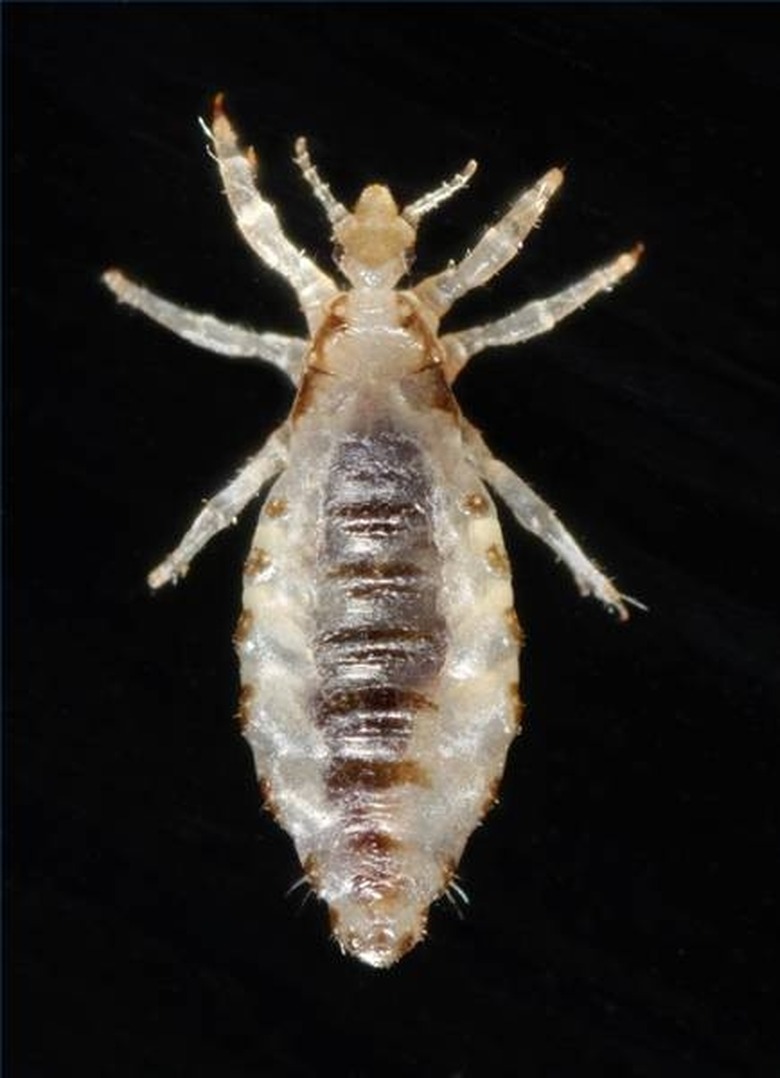How To Treat A Pool After Exposure To A Swimmer With Head Lice
Head lice are resilient creatures, which can survive even in chlorinated water. If you learn a swimmer in your pool had head lice, don't panic. The fact is that lice enter a state of stasis when submerged in water, and their instinct is to cling to the hair they are on when they enter the water.
Things Needed
- Laundry detergent
- Plastic bags
- Alcohol/Lysol
easy-removal-beggar[lice](https://www.gardenguides.com/way_5626096easy-removal-beggar[lice](https://www.gardenguides.com/way_5626096_easy-removal-beggar_lice.html'>Head lice.html).html) are resilient creatures, which can survive even in chlorinated water. If you learn a swimmer in your pool had head lice, don't panic. The fact is that lice enter a state of stasis when submerged in water, and their instinct is to cling to the hair they are on when they enter the water. Therefore, the chance of catching head lice from a swimming pool is remote. The following steps are recommended precautions to further minimize the risk.
Step 1
Clean the pool filter as you normally do. If any lice managed to escape the infected swimmer's head and survive, this is where the creatures ultimately will go.
- Head lice are resilient creatures, which can survive even in chlorinated water.
- The fact is that lice enter a state of stasis when submerged in water, and their instinct is to cling to the hair they are on when they enter the water.
Step 2
Wash and dry all towels or other articles of clothing around the pool that might have come in contact with the infected swimmer's head. Although rare, this is the most likely way lice would be spread in and around a swimming pool, according to the Centers for Disease Control and Prevention. Wash them in the hot cycle with laundry detergent, and dry them for at least 20 minutes.
Step 3
Deflate pool toys, such as rafts and balls, and seal them in plastic bags for a few days.
Step 4
If the infected swimmer wore goggles, a swim cap, or other items that came in contact with the head, either seal them in plastic bags for a few days or soak them for a few hours in alcohol or a disinfecting cleaner like Lysol.
Step 5
Inform other swimmers of possible exposure to head lice. Do not be overly alarming. Stress to them that the possibility of lice infestation from a pool is slight, and suggest they inspect themselves for lice as a precaution.
- Wash and dry all towels or other articles of clothing around the pool that might have come in contact with the infected swimmer's head.
- If the infected swimmer wore goggles, a swim cap, or other items that came in contact with the head, either seal them in plastic bags for a few days or soak them for a few hours in alcohol or a disinfecting cleaner like Lysol.
Tip
Adult head lice can live one day at most after being separated from a human head.
Warning
Do not increase your pool's chlorine levels. According to the CDC, the amount of chlorine needed to kill head lice would be unsafe for humans.
